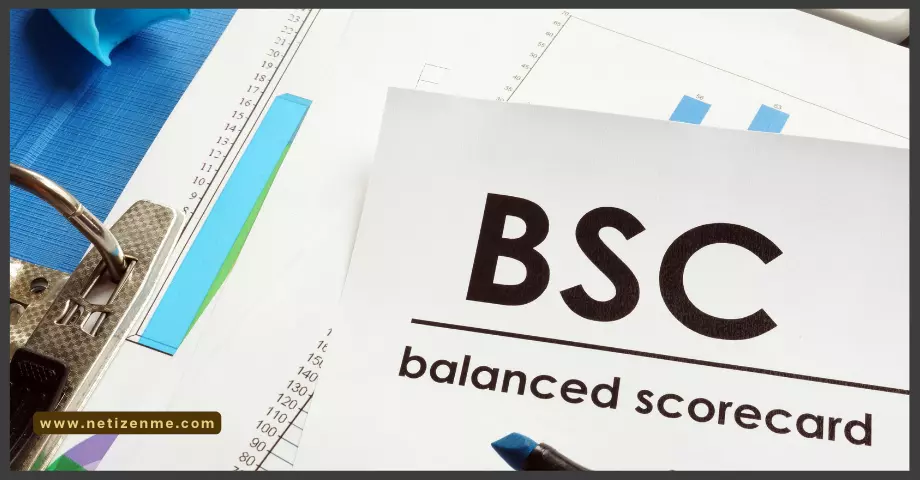
What is the Balanced Scorecard?
The way performance is measured in an organization determines the next steps the company takes in its strategy. Many experts and executives agree that sole reliance on financial metrics such as returns on investment or earnings-per-share is not enough to make informed decisions. For this reason, many firms now adopt an approach that considers performance against objectives from non-financial perspectives in addition to financial ones.
What is meant by a balanced scorecard?
Known as the balanced scorecard, it focuses on providing a comprehensive and balanced performance measurement to important stakeholders by incorporating other metrics such as innovation and consumer satisfaction etc. The goal of the scorecard is not to entirely discard financial measures of performance, but rather complement them with other measures that determine the future financial performance of the company.
What are the 4 perspectives of a balanced scorecard?
With the help of the balanced scorecard, managers can gain a broader look at company performance by viewing it from four important perspectives. These include the financial perspective, the customer perspective, the internal processes perspective, and the innovation and learning perspective. To limit information overload, the scorecard only presents a few select KPIs that correspond best with the goals and objectives of the business. For instance, if the objectives of Company A include maximum customer satisfaction, it may measure KPIs such as service/product ratings, rate of product returns or refunds issued, etc.
Once managers decide what KPIs are most critical to achieving objectives, they can determine the strategy they must adopt to achieve said objectives. For example, to increase customer satisfaction, Company A might improve its store design to provide the optimal experience. Selecting the right performance indicators also allows managers to direct resources efficiently toward measures that help businesses achieve long term objectives.
Let us look at a brief example of how a restaurant can incorporate the four perspectives in its performance measurement.
Financial Perspective
To achieve its objective of increasing revenue and ultimately maximizing profit, a restaurant may consider investing in new store locations in populous areas in neighbouring towns or cities. The indicator, in this case, will be the ROI measured against the capital and resources invested in opening new sites.
Customer Perspective
To maximize customer satisfaction, the restaurant may consider improving the decor and design of its current location. The indicators, in this case, may be online service reviews that complement the ambience of the restaurant.
Learning & Growth Perspective
The restaurant may train its kitchen staff in better practices and new cooking techniques, and add new and exotic items to the menu to provide a variety of choices for customers. KPIs here may be repeat orders for new and improved dishes.
Internal Processes Perspective
To expand the reach of its services, the restaurant may consider additional sales channels such as offering takeaway or home delivery. KPIs in this case may be the percentage of sales coming from each service channel.
Check the following reference articles to learn more about the What is the Balanced Scorecard:
- Kaplan, R. S., & Norton, D. P. (2021, November 22). The Balanced Scorecard—Measures That Drive Performance. Harvard Business Review. (URL)
- How American Express leverages diversity

- Techniques to Shift from Individual to Corporate Foresight

- The Digital Workspace

This article is written by:
Our professional writers and editors are passionate about sharing high-quality information and insights with our audience. We conduct diligent research, maintain fact-checking protocols, and prioritize accuracy and integrity to the best of our capacity.
You can cite our articles under the author name "Netizenme"







